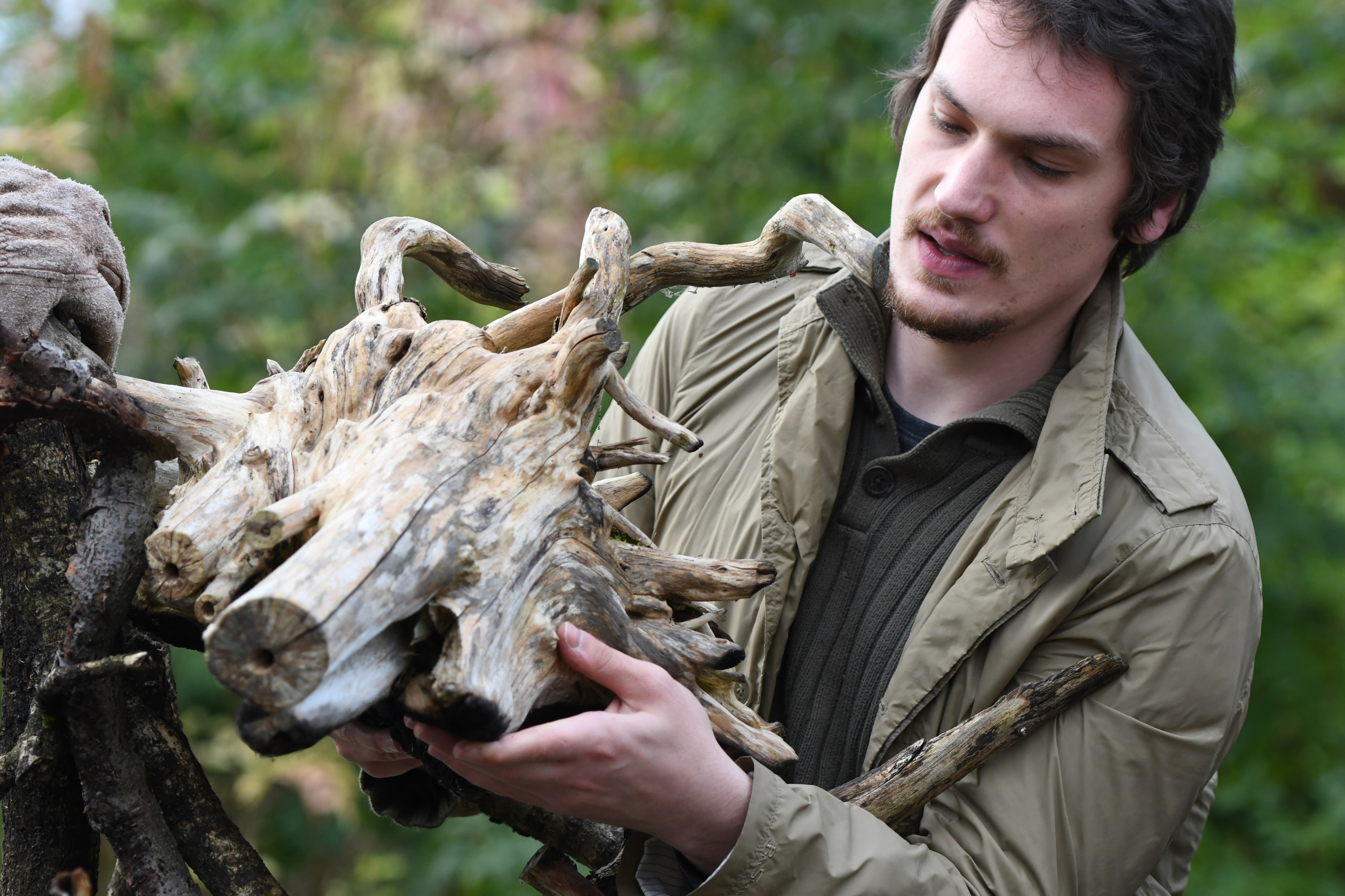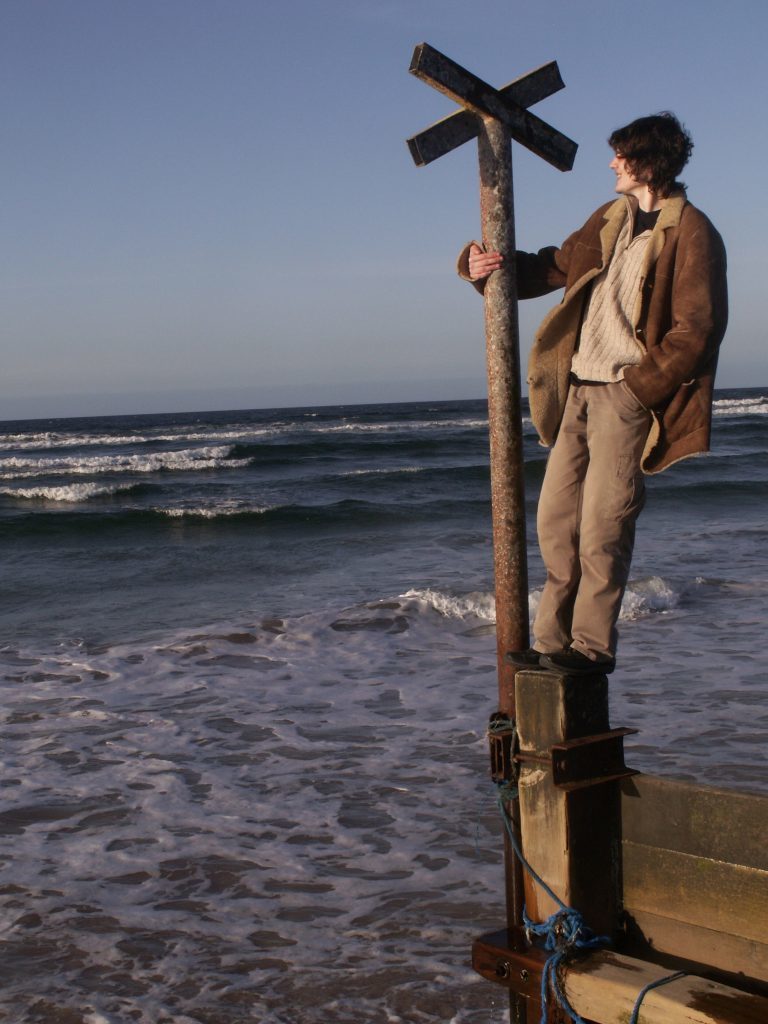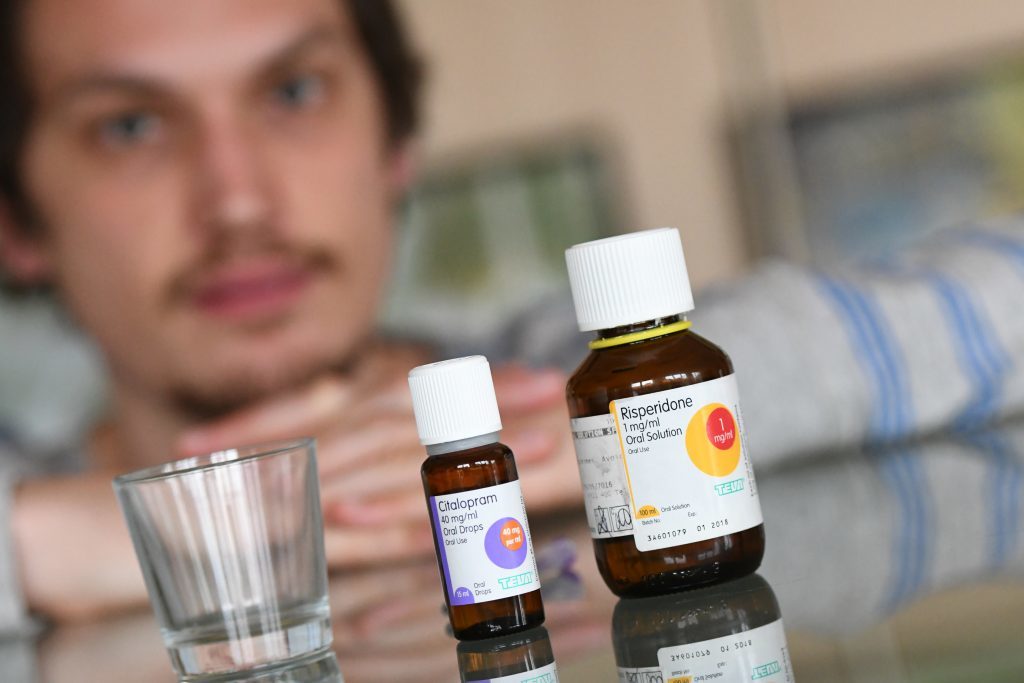A Dundee student is hoping to use his own experience of mental illness to try to change the way the condition is treated in this country.
Drew Walker,28, has just begun a three year-long study into the Gugging process, a scheme which has shown remarkable success in Austria, but is not available in the UK.
Eight years ago, in his second year at Duncan of Jordanstone College of Art and Design, Drew developed extreme anxiety and unwanted thoughts.
“Within a year I was diagnosed with obsessive compulsive disorder and then shortly after with Asperger’s Syndrome,” he explains.
The road to recovery began with cognitive behavioural therapy and prescribed drugs and two years later, Drew felt ready to go back to art school to finish his BA.
However, the one thing his treatment lacked was art therapy to explore the connection between his creative side and his mental health.
The PhD student believes that the right art process could form an important element in the treatment and care of mental illness, and is studying the work of a psychiatric unit in Gugging near Vienna, which has discovered that total immersion in visual art is the key to healing.
“Art can restore self-esteem and self-confidence, and reduce feelings of isolation and exclusion, but art and mental illness rarely cross boundaries in ways where patients and doctors participate together and share the creative process,” Drew explains.
And it’s not just artists who benefit from the art process – anyone with a mental illness can live as an artist too and benefit from its restorative effects.
“The right art process could form an important element in the treatment and care of mental illness, and this is what my research is all about,” he says.
“When you’re ill hope is only fine as a four-letter word, but I believe everyone has to help in dealing with mental illness, if a humane person-centred solution is to be established.
“Gugging is a remarkable process and my study will explore the nature of ‘the remarkable’.”
falling.upupup@hotmail.com
Did you know…
Around 20% of the world’s children and adolescents have mental disorders or problems.
About half of mental disorders begin before the age of 14. .
Mental illness is one of the major health challenges in Scotland.
It is estimated that more than one in three people are affected by a mental health problem each year. The most common illnesses are depression and anxiety.
One in three GP appointments relates to a mental health problem.
Mental disorders increase the risk of getting ill from other diseases such as HIV, cardiovascular disease, diabetes, and vice versa.
In Scotland, mental health problems at work cost Scottish employers over £2 billion a year.
The number of people acknowledging that someone close to them has had a mental illness increased from 58% in 2009 to 65% in 2014.
Nearly half said they would feel uncomfortable discussing mental health problems with their employer.








